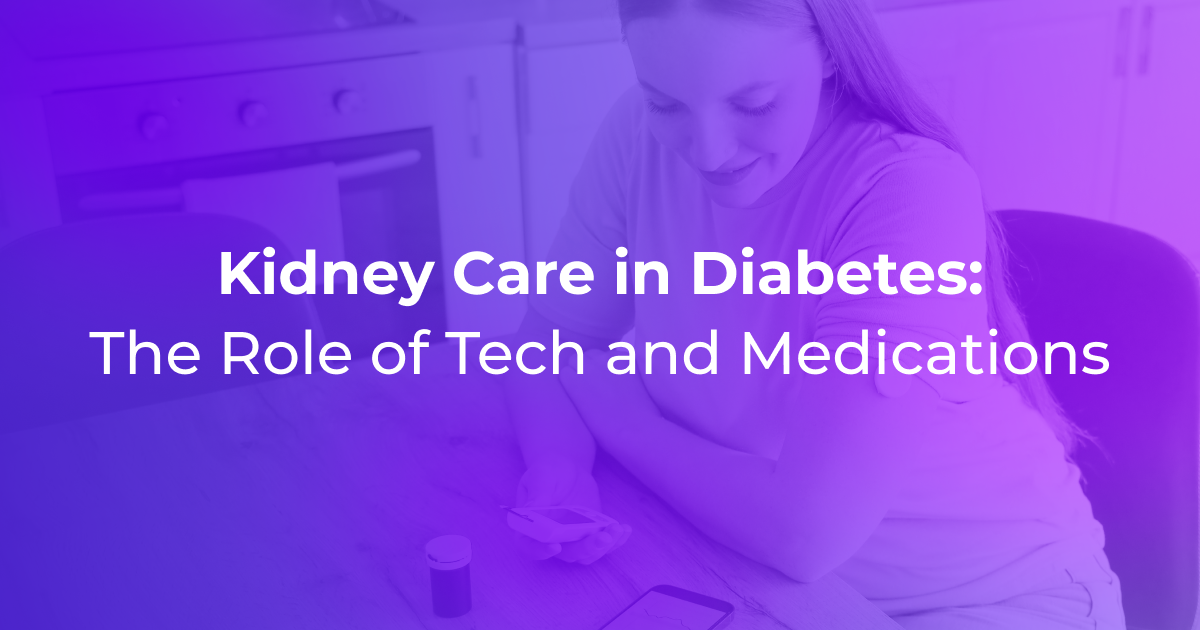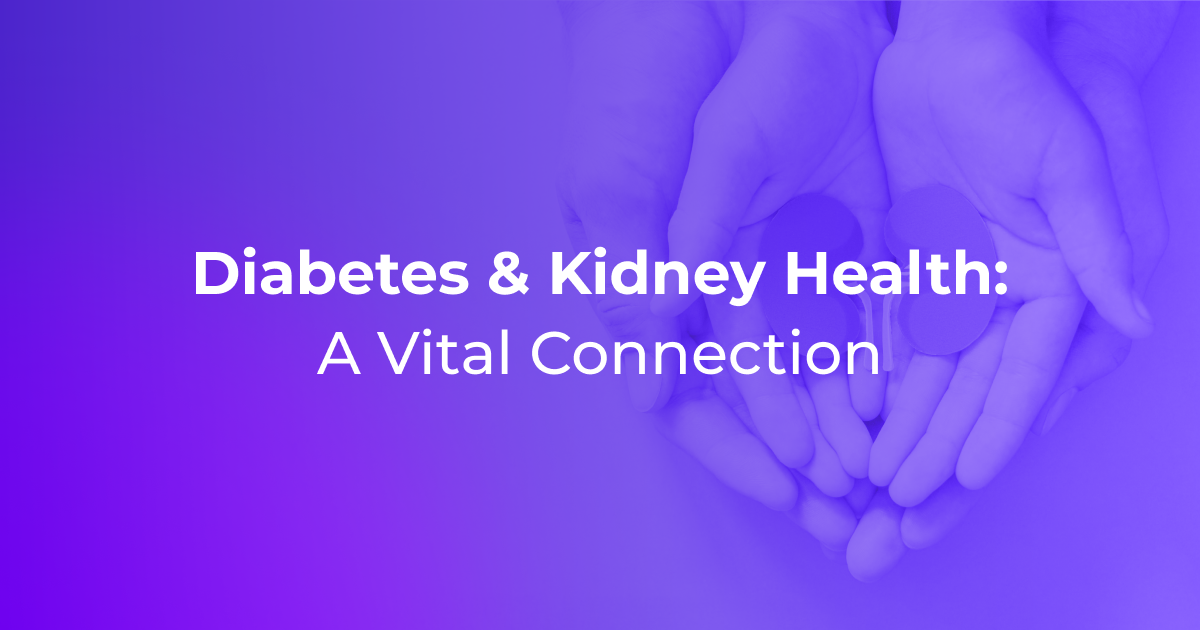About Journey Biosciences
Journey Biosciences is on a mission to improve the lives of people with diabetes through proactive, personalized care. One in three people with diabetes faces the hidden threat of kidney disease. Our flagship solution, NaviDKD®, is an innovative blood test that identifies this risk years in advance, enabling personalized preventive care for better health outcomes. By empowering early action, we aim to significantly reduce the burden of diabetes-related kidney disease on patients and healthcare systems. Discover more at journeybio.life.
For media inquiries: media@journeybio.life





Monitoring Kidney Health Effectively: eGFR and uACR
Two essential tests for tracking kidney function and detecting early signs of damage are eGFR and uACR. Learn more about each below:
Estimated Glomerular Filtration Rate (eGFR)
Albumin to Creatinine Ratio (uACR)
Link to original source. This chart shows the risk of chronic kidney disease (CKD) getting worse based on GFR (how well your kidneys filter blood) and albuminuria (protein levels in urine) categories. Green means low risk; yellow means moderate risk; orange means high risk; and red means very high risk of the disease progressing.
Know that it is important to do both the eGFR and uACR tests. A good eGFR number might miss early signs of kidney damage that the uACR can catch by spotting protein in your urine. By completing both screenings regularly, you and your care team have the best chance of finding problems as early as possible!
Managing Diabetes and Protecting Your Kidneys: A1C and Blood Pressure
Beyond kidney function tests, managing your overall health as a person with diabetes also plays a crucial role in preventing kidney disease. Two additional key indicators, A1C and blood pressure, offer valuable insights into your health status and its impact on your kidneys. Understanding and controlling these numbers can be powerful tools in your health management toolbox.
A1C Test (Hemoglobin A1C or HbA1c)
Blood Pressure
Key Takeaways
In this blog, we highlighted crucial screenings for people with diabetes to optimally manage their kidney health. This includes predictive screenings, regular monitoring, and other vital health metrics. Below, you'll find a quick reference table summarizing these essential tests for easy comparison. If you're unsure whether you've had these tests or if you're not familiar with your current health metrics, we strongly encourage you to consult with your doctor for personalized advice and guidance.
DISCLAIMER: The information provided in this article is for educational and informational purposes only. It is intended to promote understanding and knowledge of various health screenings but not to substitute for professional medical advice, diagnosis, or treatment. The information presented is generalized and may not apply to everyone's individual health situation. Always seek the advice of your physician or other qualified health provider with any questions you may have regarding a medical condition or before making any health-related decisions.
Don't Miss a Blog This Month!
Stay on top of your kidney health journey with us throughout National Kidney Month. Sign up for our newsletter below to get the latest blog posts straight to your inbox. We’ll be diving into practical strategies for preventing kidney disease, exploring regular screenings, lifestyle adjustments, and more to help you take charge of your kidney health.